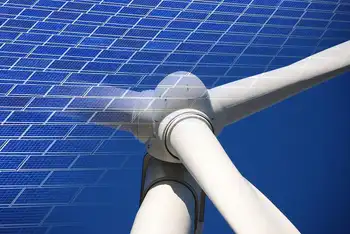Court upholds current wind turbine setbacks
OTTAWA, ONTARIO - The wind energy industry in Ontario is pleased with the Ontario Divisional Court decision to uphold the current regulations for wind turbine setbacks.
The application by Ontario resident Ian Hanna suggested, among other things, that the government did not adhere to their own Statement of Environmental Values SEV in developing a setback of 550 metres for the siting of wind turbines.
The Court ruled that setback distances were established through an extensive public consultation process which considered the views of a wide range of stakeholders and that the Minister did consider the SEV.
"The wind energy industry is committed to the responsible and sustainable development of wind energy in Ontario and across the country. We have stated from the outset that this application had no merit and should not have been brought before the court," said Robert Hornung, president of CanWEA. "Ontario's set-back regulations are among the most stringent in the world and are designed to protect the health and safety of the public. CanWEA member companies ensure they are in compliance with all regulatory requirements."
The balance of expert scientific and medical information to date clearly indicates there is no direct link between wind turbines and effects on human health, said Hornung. This is backed, he points out, by the province's Chief Medical Officer of Health as well as the National Public Health Institute in Quebec, and a growing body of peer-reviewed scientific and medical information.
"As a responsible industry, we will continue to receive and review new and credible information as it is made available," said Hornung.
Wind energy's growing contribution to Ontario's electricity supply is making Ontario a leader in green energy production, and bringing much-needed jobs and economic opportunities to local communities.
Related News

Washington Australia announces $600 electricity bill bonus for every household
PERTH - Washington Premier Mark McGowan has announced more than a million households will receive a $600 credit on their electricity account before their next bill.
The $650 million measure will form part of Thursday's pre-election state budget, which has been delayed since May because of the pandemic and will help deflect criticism by the opposition that Labor hasn't done enough to stimulate WA's economy.
Mr McGowan made the announcement on Sunday while visiting a family in the electorate of Bicton.
"Here in WA, our state is in the best possible position as we continue our strong recovery from COVID-19, but times are still…




